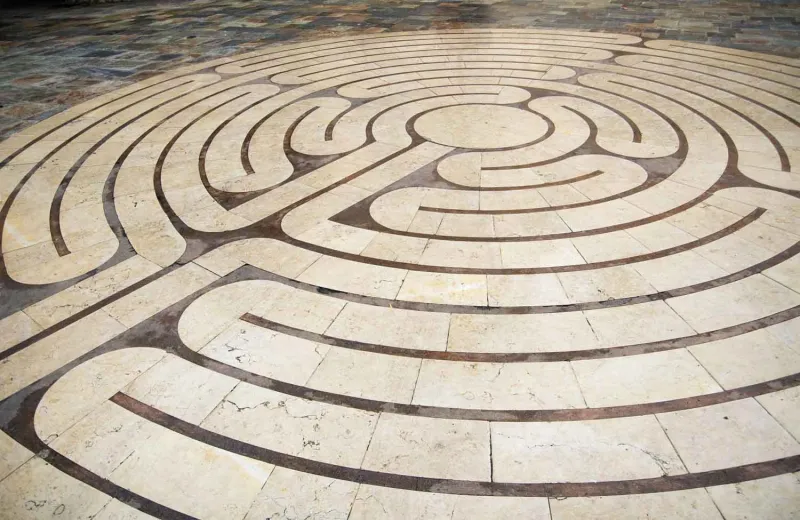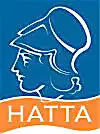
Mythology in general and the Greek in particular, are rich in symbolism and rich philosophical quests on life and existence. Minotaur is the most well-known of the myths associated with ancient Crete.
In this fantastic land of Greek myth, monsters live their own lives where they are born and die in most unusual ways and had an exciting life! This myth inspired many ancient poets and artists and continues to thrill even today. The trembling of the labyrinth and the anthropomorphic monster on the one hand, and the heroism of Theseus on the other, are a powerful combination.
So, the monster Minotaur had a human body and a bull's head and tail. Apart from this descriptive name, the name of the Minotaur was Asterion. Sometimes it is still represented as a human bull, in correspondence with Centaur. He lived in the famed Labyrinth, a building made by Daedalus under the command of the King of Crete, Minos. The Minotaur was killed by Theseus with the help of Ariadne's Thread. One theory claims that the great king of Crete, Minos and the Minotaur are the same person and represent the god Helios. But the most appraised theory is that the myth of the killing of Minotaur symbolizes the liberation of the Greeks from the domination of Minoan Crete.
Knossos Palace is one of the most important archeological site not only of Crete but also of the whole world. The myth of Minotaur certainly had an impact on the Knossos excavator, Sir Arthur Evans, who had read the legend when he was a child. This is clearly evident from his excavation notes, which he often interprets his findings based on his myth and its protagonists. In his excavations, Evans found many illustrations of bulls in frescoes and miniature works, which proved the importance of this animal for both the economy and the religion of the ancient inhabitants of Crete.



Airbnb superhost since 2014

Hellenic Association
of Travel & Tourist Agencies
